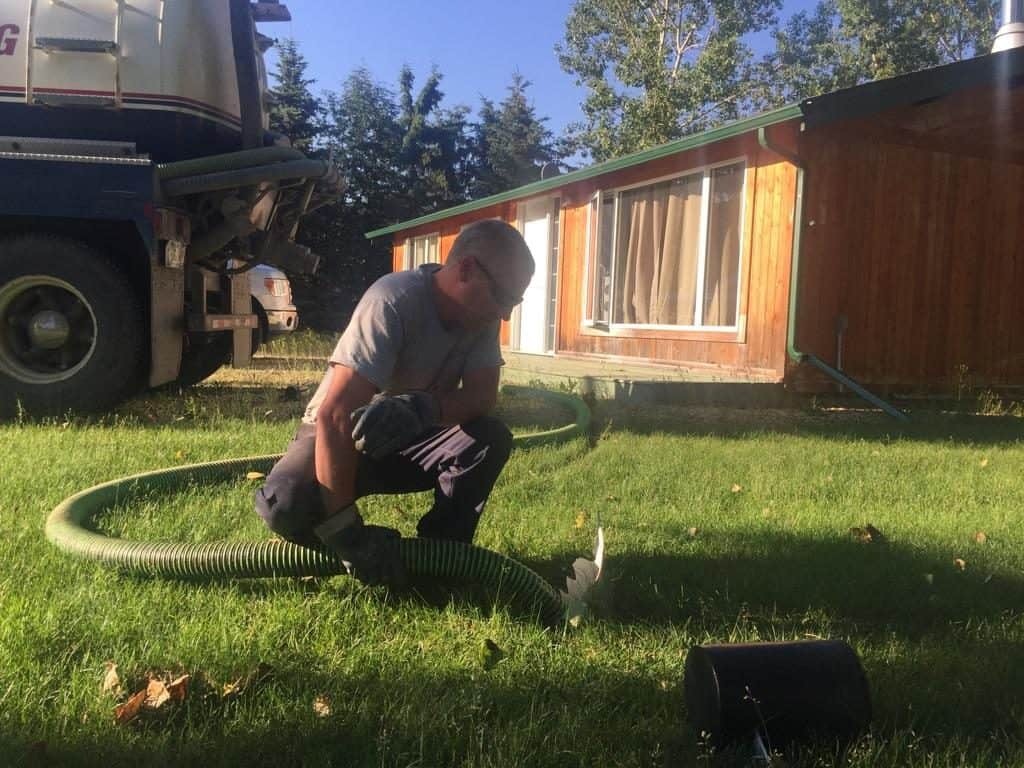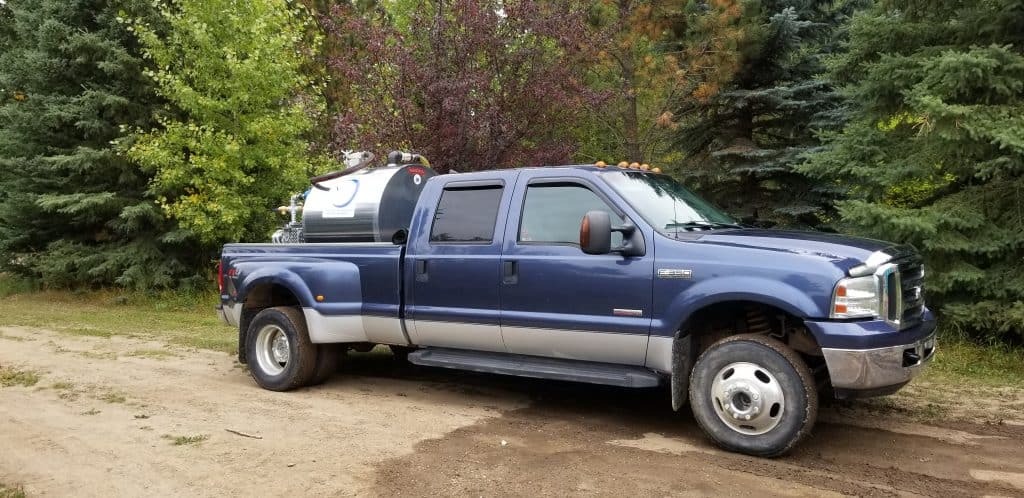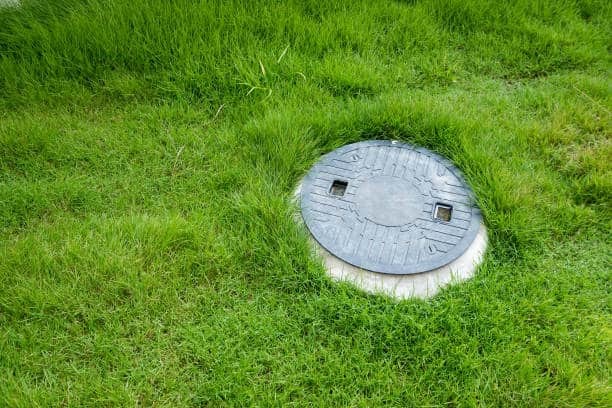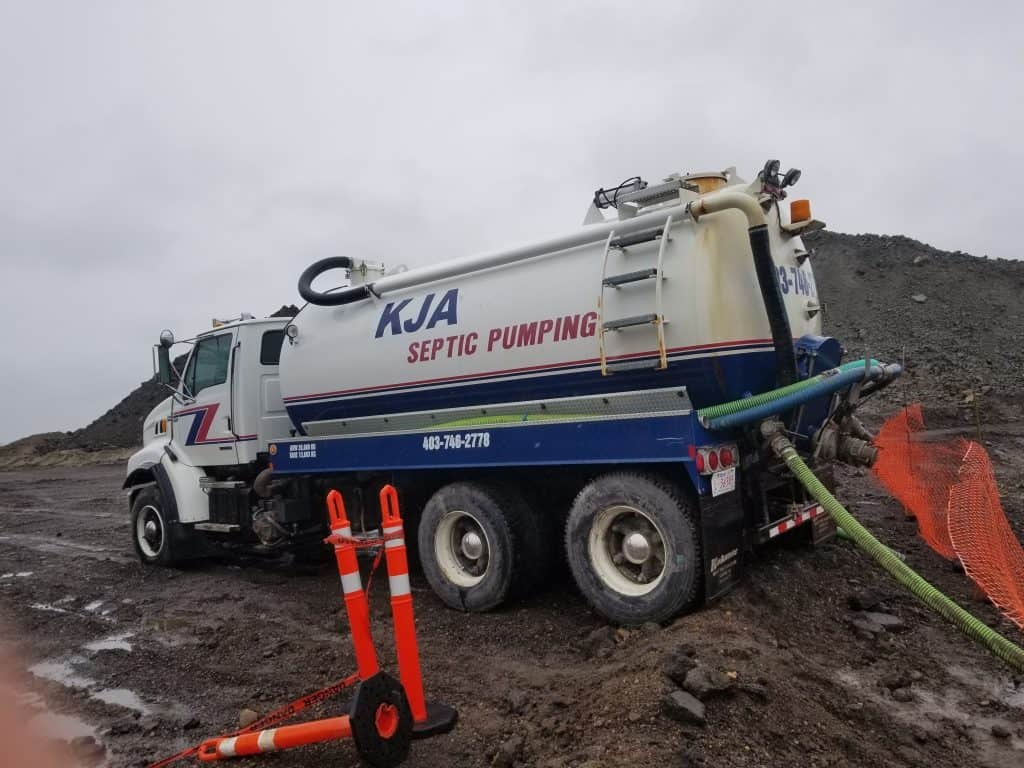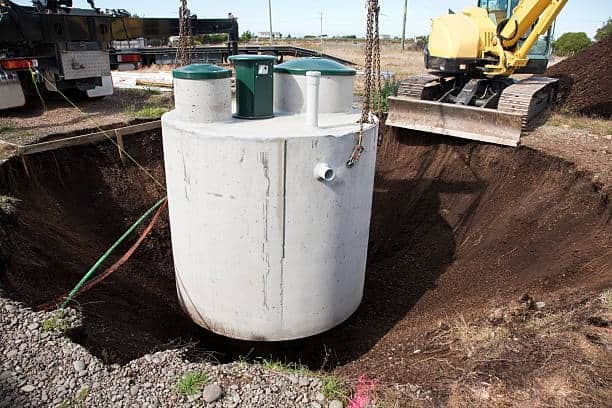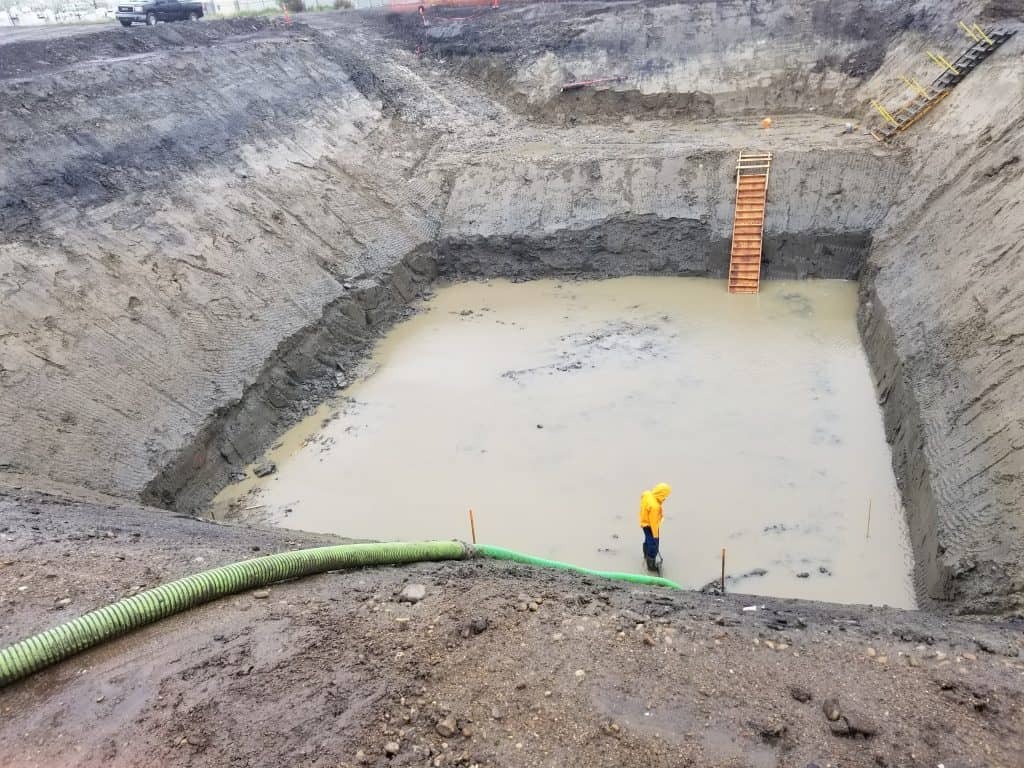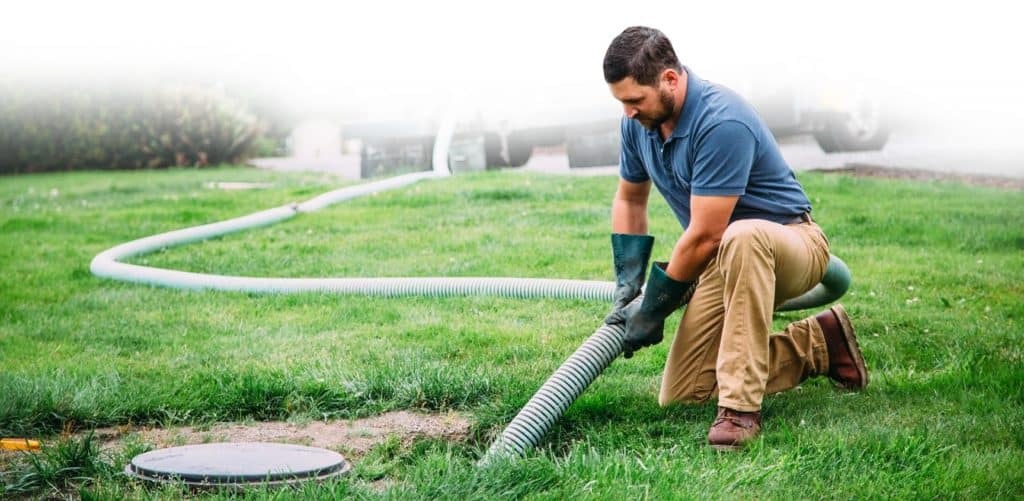
FAQs
Home » FAQs
Learn More About Septic System Installation and Maintenance
KJA Septic Services answers common questions about your septic system to help homeowners increase the longevity and efficiency of their septic systems.
WHAT DOES MT SEPTIC SYSTEM DO?
SEPTIC TANK: Is typically 2 chambers this is the first step in pre-treating household waste water. The system separates solid waste from grey water that is leaving the home. The first chamber has a fixed volume, excess grey water leaves via the second chamber transferring to the septic field by a pump or siphon system.
SEPTIC FIELD:Grey water from the septic tank enters the field so it can be further treated and filtered before re-entering the water cycle. The soil filters waste, naturally breaking down harmful bacteria, pathogens, viruses and residual nutrients. The fields efficiency and life span is greatly influenced by the homeowner managing the quality of the waste leaving the septic tank.
HOW OFTEN SHOULD I CLEAN MY SEPTIC TANK?
Cleaning schedules vary greatly between households, they depend on the size of septic tank used and the number of people using it. In new homes the septic system should be pumped in the first year in order to check for any anomalies that maybe under warranty. When service providers clean your tank both sides must be pumped in order to protect the field from damage. An experienced technician should provide more information on the frequency of cleaning your septic tank.
WHAT TIME OF YEAR IS BEST TO HAVE MY SEPTIC TANK CLEANED?
Septic cleaning can take place anytime of year. We recommend a shallow buried tank be cleaned in the spring thus allowing the solids to build up before winter, in order to prevent freezing in colder temperatures. If lawn damage is a concern consider cleaning when the ground is frozen or the lawn is very dry, typically late summer or fall.
WHAT OTHER MAINTENANCE DOES MY SEPTIC REQUIRE, BESIDES CLEANING?
This could include-
* Rebuilding the septic tank divider wall should it be corroded, causing dysfunction.
* If the system is equipped with a high level alarm, ensuring its in working order.
* If a pump system is utilized ensure it is in working order, replacing when necessary.
* Changing to a new lid when needed to ensure the safety and accessibility of the tank.
* Improvements and repairs to piping and electrical when necessary to reduce the risk of failure.
WHAT MAINTENANCE DOES MY SEPTIC FIELD REQUIRE?
Septic fields require little maintenance, it should be located in a elevated area where the wind can access the surface, aiding the the evaporation of moisture. Think high and dry. Keeping grass mowed over the field is necessary to help this evaporation process. Avoid unnecessary pedestrian and livestock traffic and of course no vehicular traffic over the septic field.
WHAT ACCESS TO NEEDED TO MY SEPTIC SYSTEM?
LID ACCESSIBILITY~ Septic tank lids range from 100-350 LBS. Please keep them at ground level and keep shrubs and bushes cleared as they cause the lid to recess.
WHAT SHOULD AND SHOULD NOT BE PUT INTO MY SEPTIC SYSTEM?
The septic system is designed and intended to receive all fecal matter, toilet paper and organic matter disposed into the sanitary system through normal operation of the household. this includes the discharging of laundry, dish washing and personal hygiene soaps. the discharge from the use of a water softener is permitted, the use of “potassium chloride” is the preferred regenerant.
Do Not allow excess grease and oils in your system it blocks off pipes and damages the permeability of the septic field.
Do Not allow non-biodegradable products such as
– feminine hygiene products
– condoms
– baby wipes\ wet ones
– plastics\ clothing
THESE DAMAGE SEPTIC PUMPS AND PLUG SIPHON SYSTEMS AND SEPTIC FIELD LATERALS CAUSING SEWER BACK UPS INTO THE HOME.
PLEASE DISPOSE OF IN THE GARBAGE.
It is recommended to avoid the use of harsh detergents and soaps to preventing the damage to the bacteria necessary to the septic system. No additives are needed as the tank receives untreated water allowing bacteria to thrive, chlorinated water however may suppress this function.
If the household uses a Garborator the amount of sludge and solids will be increased and frequent cleaning will be necessary to prevent to reaching the septic field.
WHY DO I HAVE SEPTIC ODORS IN MY HOME OR AROUND THE TANK?
Alberta Plumbing codes call for all plumbing fixtures (sinks, showers, tubs, toilets, etc.) to have a liquid seal or trap to prevent sewer gas from entering the household. Sewer gasses normally present can not enter unless a seal or trap has dried out, a drain for example could have dried out and simply needs fresh water to be poured into it to re-establish the liquid seal.
It is uncommon to have odour around the septic tanks lid unless it has corrosion and needs to be replaced. A foul odour can indicate flooding and long overdue cleaning needed.
WHAT LONGEVITY CAN I EXPECT FROM MY SEPTIC SYSTEM?
Its not uncommon to have a quality system for 30 or more years.
By managing the quality of waste going into your system you can maximize to systems longevity. However not disposing of non-biodegradable and doing regular cleaning of the septic tank will result in the dysfunction and failure of the system. Considering the cost and inconvenience of retrofitting or replacing your septic system is significant and is conditional that you have the area necessary to install a new septic field. It is more budget friendly therefore to do regular maintenance rather than waiting until the system fails.
WHAT SHOULD I KNOW ABOUT SEPTIC DISPOSAL?
Alberta Wastewater Association has set standards that KJA Septic services adheres to, we all have a responsibility to protect our water sheds and of course public health.
Take time to ask about our practices and our commitment to doing the environmentally sound way.
WHAT TROUBLESHOOTING CAN I DO IF I HAVE A SEPTIC PROBLEM?
Check If your high level alarm goes off~
Check the pump breaker in the electrical panel.
Is the septic pump plugged in at the receptacle by the tank lid?
Is there power at the receptacle? (you could check by plugging in an appliance such as a hairdryer)
If you have power and the pump is plugged in then most likely the pump has failed and needs to be replaced.
If your floor drain has backed up call your service provider.
What is a septic system?
A septic system is a method of dealing with household wastewater in areas where public sewers are not available. The standard type of septic system involves a septic tank (to hold wastewater from toilets and drainpipes until solids settle out in the tank), and a system of pipes that distribute the remaining liquid waste underground over a large area –the leach field–where the wastewater “percolates” through the soil, which helps to clean the water. The goal is to make sure that this filtration though the soil is sufficient to clean the wastewater before it reaches drinking water well sources or surface waters.
What do I do if I need a septic system?
Contact us! KJA Septic Systems will handle the local Environmental Health Division for a permit. We can do the soil test according to current state and local regulations. Upon concluding the soils tests from your site, we will do an inspection of your site to insure the system can be constructed in compliance with state and county regulations and that soil and ground water conditions are satisfactory for a septic system.
What do I do if my septic system is failing?
Contact your local Environmental Health Department. KJA Septic Systems will consult with you on the causes for failure and advise you on how the failure can be remedied. We can also advise you on state and local regulations pertaining to emergency repairs, if needed. A repair permit will be obtained from proper athorities for all repairs.
Is a septic system permit required and what does it cost?
Provincial laws require that a permit be issued by the department prior to constructing or making repairs to a septic system. All permits can be taken care of by KJA Septic Systems, or you can call your local Environmental Health Department with any questions you might have.
How often should my septic tank be pumped?
Regulations require that septic tanks be pumped by a licensed individual every 3 to 4 years. An average of every 1 to 2 years is recommended for most families.
Why is it necessary to have my septic tank pumped?
The cost of a septic system is a major investment. To protect that investment and prolong the life of your system, it is necessary to have the septic tank pumped out on a regular basis. Since all solids in your household wastewater settle out in the tank, it’s important to have the tank pumped to avoid having sludge block the pipes that allows the liquids to move on to the leach field for filtration. Failure to routinely pump the septic tank may result in the clogging of your leach field and cause a premature malfunction of the system.
Tips on maintaining your septic system
- Do NOT use a garbage disposal!
- Do NOT pour grease and oils down the drain.
- Do NOT flush anything down the drain that is not biodegradable (i.e. disposable diapers, condoms, etc.)
- Do NOT have your water softener regeneration discharge to the mound or conventional system!
- Do NOT use any type of additives in your system-they do not help your system and may actually harm it.

